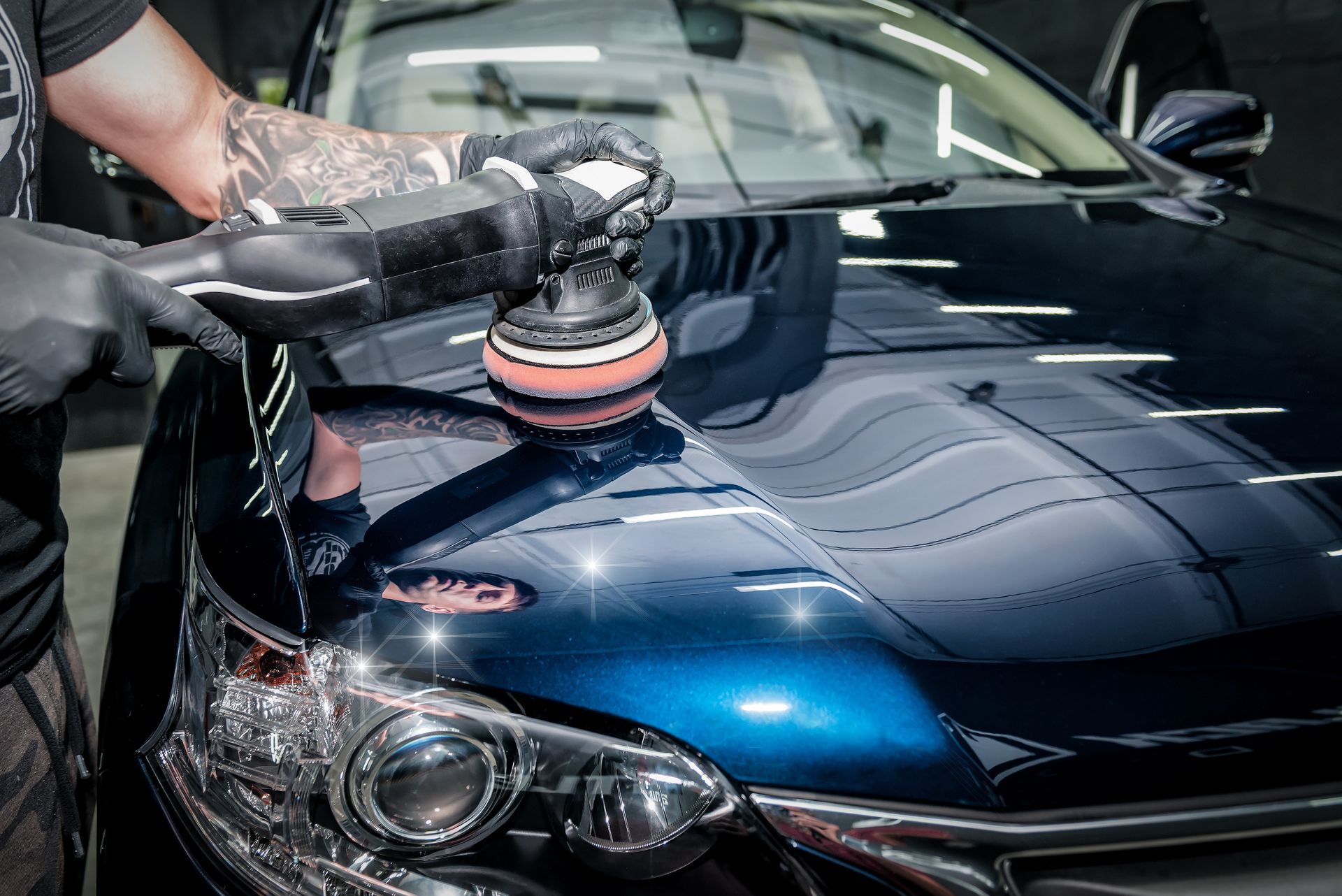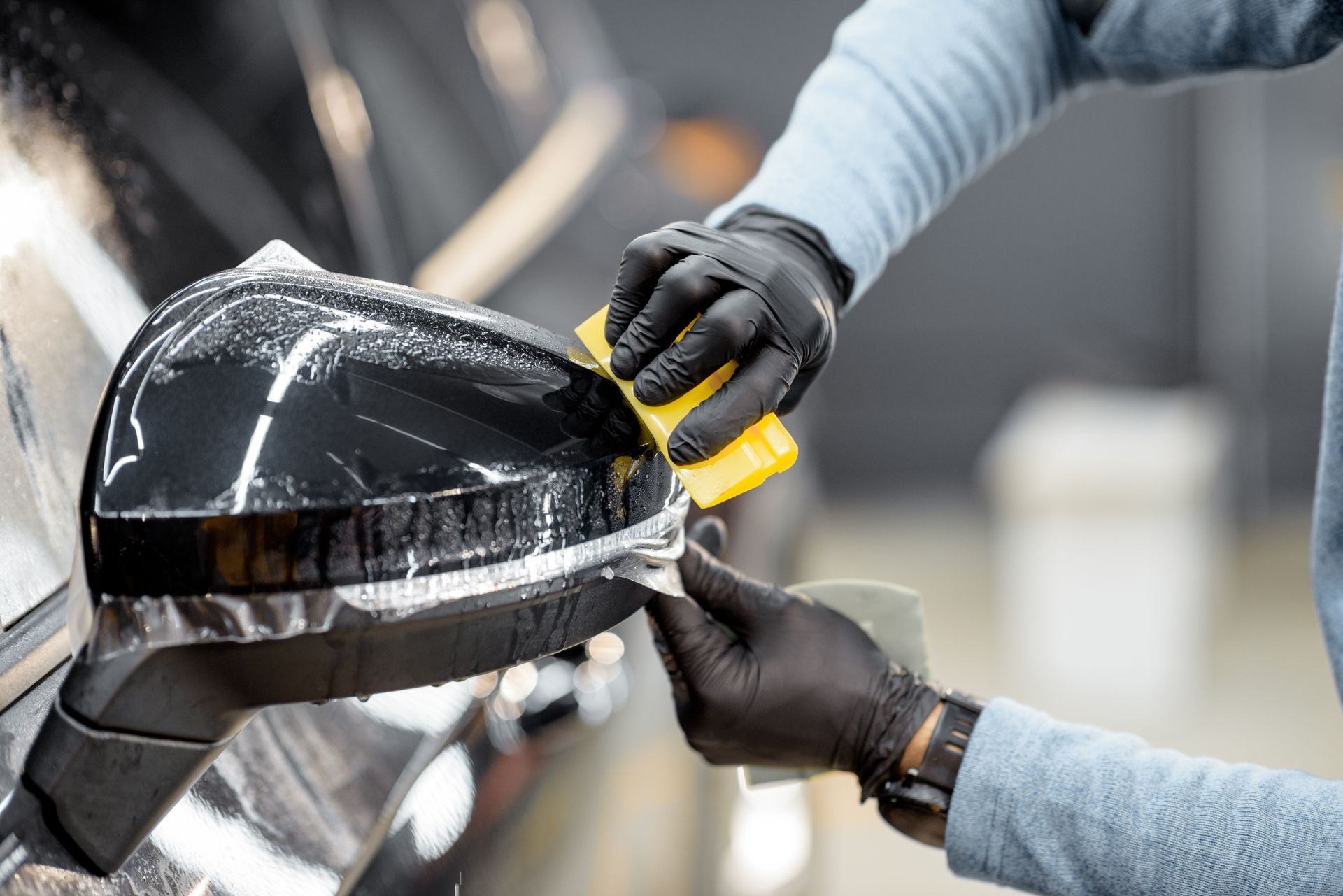Headlight Restoration & Paint Protection/Scratch Removal
Benefits of Headlight Restoration
Restoring headlights is a practical and beneficial maintenance task that offers a multitude of advantages for vehicle owners. One of the primary benefits is the substantial improvement in visibility that comes with clear and well-maintained headlights. Over time, headlights can become cloudy or yellowed due to exposure to UV rays, environmental pollutants, and general wear. Headlight restoration involves removing this layer of oxidation, thereby enhancing the brightness of the headlights and improving overall visibility during nighttime driving or adverse weather conditions. This, in turn, contributes significantly to road safety by reducing the likelihood of accidents and ensuring drivers can better anticipate and react to obstacles on the road.
The restoration of headlights goes beyond safety concerns to impact the aesthetics of a vehicle. Clear and well-maintained headlights contribute to an overall polished and attractive appearance. The visual appeal of a car is often a point of pride for owners, and clear headlights play a crucial role in enhancing the vehicle's overall look. A well-maintained front-end not only reflects positively on the owner's commitment to vehicle care but also adds to the resale value of the car. Headlight restoration is a cost-effective solution compared to replacing the entire headlight assembly, making it a practical choice for those looking to improve both safety and aesthetics without breaking the bank. The advantages of restoring headlights extend far beyond mere cosmetic appeal, encompassing improved visibility, heightened safety, and a more visually appealing vehicle.
Get a free quote
Contact Us
We will get back to you as soon as possible.
Please try again later.
Comparing Paint Protection Methods
Choosing the right paint protection for your vehicle is crucial in maintaining its appearance and resale value. Three popular options to consider are ceramic coatings, clear bra films, and traditional wax, each with its own set of advantages and disadvantages.
Ceramic coatings, often made of nanotechnology, provide a durable and long-lasting shield against environmental contaminants, UV rays, and minor scratches. They bond with the paint, forming a protective layer that enhances gloss and repels dirt. Although professional application is recommended, the durability of ceramic coatings far exceeds that of traditional wax. However, the initial cost can be higher.
Clear bra films, also known as paint protection films (PPF), offer a physical barrier against rock chips, road debris, and bug splatter. Applied to vulnerable areas, such as the front bumper and hood, clear bra films provide excellent protection without altering the paint's appearance. Installation requires skill, and while they are effective against impact damage, they may not offer the same level of chemical resistance as ceramic coatings.
Traditional wax, a more affordable option, provides a sacrificial layer that shields the paint from contaminants and minor scratches. While easy to apply, wax requires more frequent reapplication compared to ceramic coatings or clear bra films. It enhances the paint's depth and richness but may not offer the same level of long-term protection.
Ceramic coatings excel in durability and UV protection but come with a higher upfront cost. Clear bra films provide physical impact resistance, and traditional wax is a budget-friendly option with regular maintenance requirements. The choice depends on individual preferences, budget constraints, and the desired level of protection.
Having an Emergency?
We're available 24-hours a day, 7 days a week.
Common Causes of Scratches on Car Paint:
- Improper Washing Techniques:
One of the primary culprits behind car paint scratches is the use of incorrect washing methods. Rough sponges, dirty cloths, and abrasive materials during the cleaning process can leave unsightly marks on the vehicle's surface. Advising car owners to opt for soft microfiber cloths, gentle cleaning solutions, and a two-bucket wash method can significantly reduce the risk of scratches.
- Environmental Factors:
Environmental elements, such as dust, sand, and tree sap, pose a constant threat to a car's paint job. Dust particles can act like abrasive sandpaper, while tree sap contains chemicals that can be corrosive over time. Regularly parking in shaded areas or using car covers can shield the vehicle from these environmental hazards.
- Contact with Abrasive Surfaces:
Parking in crowded areas or brushing against walls, fences, or other vehicles can lead to accidental scratches. Encouraging drivers to be mindful of their parking surroundings and opting for wider parking spaces can minimize the risk of incidental contact.
Tips for Scratch Prevention:
- Regular Maintenance:
Establishing a routine maintenance schedule, including regular washing and waxing, helps protect the paint by creating a barrier against potential scratches.
- Protective Coatings:
Applying paint protection films or ceramic coatings can add an extra layer of defense against scratches, acting as a shield to mitigate the impact of environmental elements.
- Mindful Parking:
Encouraging drivers to choose parking spots carefully and avoid congested areas can significantly reduce the likelihood of accidental scratches.
By addressing these common causes and implementing preventive measures, car owners can maintain the aesthetic appeal of their vehicles and prolong the life of their paint jobs.
Auto Detailing Nearby...
Reserve your spot for professional auto detailing and let your car look brand new!
Location
Call
All Rights Reserved | Ricky's Mobile Carwash & Auto Detailing | Powered by Snapps



